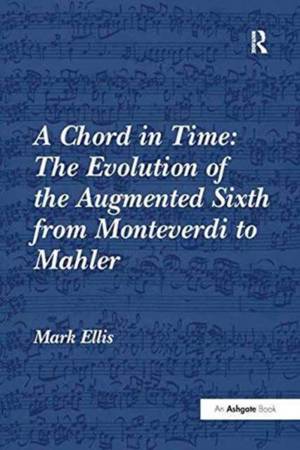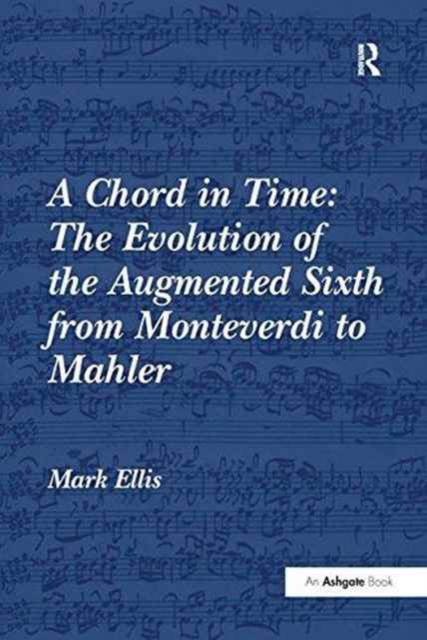
Door een staking bij bpost kan je online bestelling op dit moment iets langer onderweg zijn dan voorzien. Dringend iets nodig? Onze winkels ontvangen jou met open armen!
- Afhalen na 1 uur in een winkel met voorraad
- Gratis thuislevering in België vanaf € 30
- Ruim aanbod met 7 miljoen producten
Door een staking bij bpost kan je online bestelling op dit moment iets langer onderweg zijn dan voorzien. Dringend iets nodig? Onze winkels ontvangen jou met open armen!
- Afhalen na 1 uur in een winkel met voorraad
- Gratis thuislevering in België vanaf € 30
- Ruim aanbod met 7 miljoen producten
Zoeken
A Chord in Time
The Evolution of the Augmented Sixth from Monteverdi to Mahler
Mark Ellis
Paperback | Engels
€ 72,95
+ 145 punten
Uitvoering
Omschrijving
For centuries, the augmented sixth sonority has fascinated composers and intrigued music analysts. Here, Dr Mark Ellis presents a series of musical examples illustrating the 'evolution' of the augmented sixth and the changing contexts in which it can be found. Surprisingly, the chord emerged from one of the last remnants of modal counterpoint to survive into the tonal era: the Phrygian Cadence. This book will appeal to music analysts by providing a chronological framework for further stylistic and harmonic analysis. To ensure its accessibility in graduate classes, the author provides a straightforward introduction to the augmented sixth and its theoretical background. The book concludes with a discussion of the role of the chord in the decay of the tonal system, and its 'afterlife' in the post-tonal era.
Specificaties
Betrokkenen
- Auteur(s):
- Uitgeverij:
Inhoud
- Aantal bladzijden:
- 268
- Taal:
- Engels
Eigenschappen
- Productcode (EAN):
- 9781138250932
- Verschijningsdatum:
- 9/09/2016
- Uitvoering:
- Paperback
- Formaat:
- Trade paperback (VS)
- Afmetingen:
- 152 mm x 234 mm
- Gewicht:
- 362 g

Alleen bij Standaard Boekhandel
+ 145 punten op je klantenkaart van Standaard Boekhandel
Beoordelingen
We publiceren alleen reviews die voldoen aan de voorwaarden voor reviews. Bekijk onze voorwaarden voor reviews.











